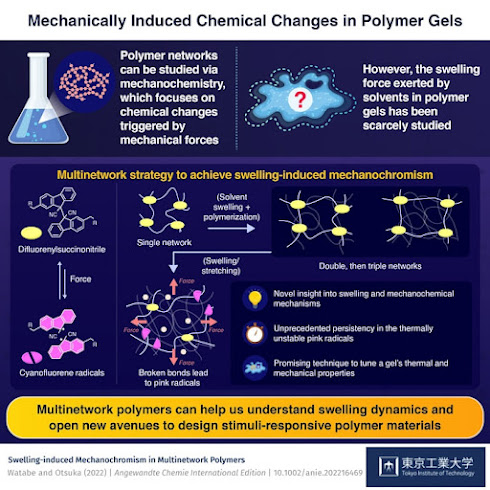Biomedical engineers at the University of California, Davis, have created semi-living “cyborg cells.” Retaining the capabilities of living cells, but unable to replicate, the cyborg cells could have a wide range of applications, from producing therapeutic drugs to cleaning up pollution. The work was published in Advanced Science.
Synthetic biology aims to engineer cells that can carry out novel functions. There are essentially two approaches in use, said Cheemeng Tan, associate professor of biomedical engineering at UC Davis and senior author on the paper. One is to take a living bacterial cell and remodel its DNA with new genes that give it new functions. The other is to create an artificial cell from scratch, with a synthetic membrane and biomolecules.
The first approach, an engineered living cell, has great flexibility but is also able to reproduce itself, which may not be desirable. A completely artificial cell cannot reproduce but is less complex and only capable of a limited range of tasks.


.jpg)

.jpg)




.jpg)





.jpg)
